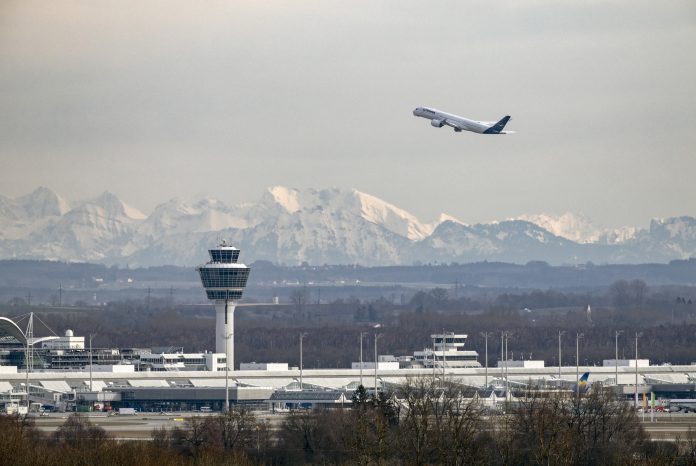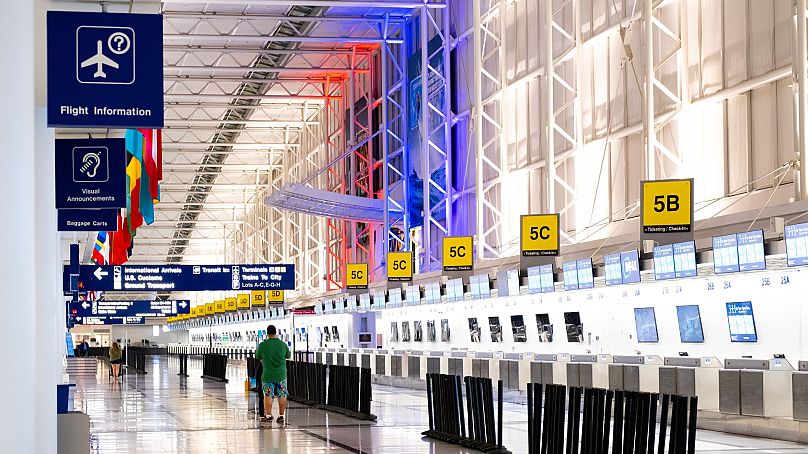Global air travel has reached nearly three-quarters of pre-pandemic levels, new figures have shown.
Passenger traffic reached 74 per cent of 2019 heights in September, according to data from the International Air Transport Association (IATA).
This marks a 57 per cent increase on the same period in 2021.
“Even with economic and geopolitical uncertainties, the demand for air transport continues to recover ground,” said IATA director general Willie Walsh.
IATA represents 290 airlines accounting for 83 per cent of global air traffic.
Where has air-traffic rebounded the most?
At the peak of the pandemic, global air traffic plummeted to a fraction of 2019 levels, dropping by around 80 per cent.
Since 2021, travel has been creeping back. But the most dramatic year-on-year bounce-backs occurred in regions that have only recently lifted COVID-19 travel restrictions.
In the Asia Pacific – a region stretching from China to New Zealand – travel has rocketed 464.8 per cent compared to last year.
The massive uptick comes weeks after Japan, Hong Kong, and Taiwan eased border rules.
“The outlier is still China with its pursuit of a zero COVID strategy keeping borders largely closed,” Walsh said.
In the Middle East, airlines saw a 150 per cent rise in traffic. North American and Latin American airlines experienced increases of 129 per cent and 99 per cent, respectively.
African carriers’ traffic rose 91 per cent, while European airlines experienced an uptick of 78 per cent.
Where is travel still low?
Though 109 countries still have some travel restrictions in place, 118 are completely open – at least to vaccinated travellers.
China is still pursuing a zero-COVID policy, meaning September demand was down 46.4 per cent on last year’s figures. All incoming travellers face 10 days of hotel quarantine at their own expense.
Though air traffic is rebounding, the emergence of ‘flight-free’ movements in recent years have encouraged many travellers to turn to more sustainable modes of transport like trains.

























